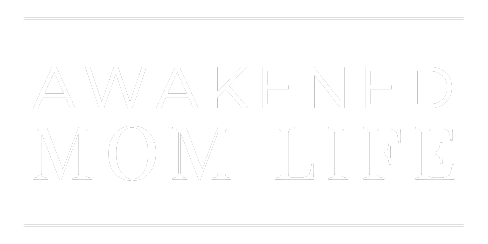Trauma impacts not only the mind and body but also the energetic body, highlighting the mind-body connection. Across different cultures, the energetic body is known by various names such as Chi, Prana, Qi, and Mana. It represents the life force that defines our very existence.
This profound concept, deeply intertwined with our emotions, experiences, and health, forms the cornerstone of many ancient healing practices and spiritual philosophies.
Names of the Energetic Body Across Cultures
- Qi (Chi) – In Traditional Chinese Medicine (TCM), Qi or Chi refers to the life force or energy flow.
- Prana – In Ayurveda and yoga philosophy, Prana represents the vital energy that animates life.
- Ki – Similar to Qi, Ki is the life energy in Japanese healing practices like Reiki and Qigong.
- Mana – In Polynesian cultures, Mana signifies spiritual power and life force.
- Ruach – In Kabbalistic teachings, Ruach refers to the breath of life and spiritual energy.
- Baraka – In Islamic mysticism (Sufism), Baraka represents divine blessings and spiritual energy.
- Lüng – In Tibetan Buddhism, Lüng is the subtle wind energy associated with the body’s channels and chakras.
- Ruha – In Persian mysticism, Ruha signifies the soul’s spiritual energy and vitality.
- Nefesh – In Jewish mysticism (Kabbalah), Nefesh represents the soul’s vitality and life force.
- Spirit – In many spiritual and religious traditions, “spirit” refers to the vital force or life energy within living beings.
So why is modern medicine so adverse to considering the mind-body connection and the energetic body in healing? Let’s explore a little further into this question.
Western Medicine and the Energetic Body
Western medicine primarily focuses on treating physical symptoms with proven methods like medication and surgery. However, it often overlooks the emotional and psychological aspects of the mind-body connection, especially in trauma management.
This dismissal of alternative modalities and new techniques neglects the profound insights from centuries of accumulated wisdom. Integrating these ancient practices with modern medicine could offer more comprehensive healing.
Holistic and alternative healing often include the concept of the energy body, even though it’s not widely emphasized in mainstream Western medicine. A shift is happening as Western treatment starts recognizing the mind-body connection. Studies on biofields and electromagnetic fields created by the body provide scientific evidence supporting the field of energetic body healing.

What are Biofields?
Modern science is gradually opening up to the idea that life isn’t just about what we can see and touch. Science is beginning to embrace biofields, energy fields surrounding living beings, including humans, animals, and plants. With tools like biofield imaging and Kirlian photography, we’re beginning to understand better how these energy fields connect to our bodies and minds, highlighting the mind-body connection.
So, let’s take it one step deeper and introduce psychoneuroimmunology (PNI). This is an area of study that combines the interaction between our immune system, nervous system, and mind.
The cool thing? Research in PNI shows us how deeply our emotions, stress levels, and mental states affect our immune function and overall well-being, meaning it shows us how to heal.
When we tie this all together, we can see how the mind-body connection influences our emotions, impacts our energy body, and how trauma can deeply disrupt it.
This disruption in the energy body manifests physically as imbalances and dysregulation in our physical, emotional, and mental health. It can lead to tension, discomfort, and pain in various parts of the body, contributing to conditions such as fibromyalgia, migraines, or digestive issues (and possibly autoimmune disorders). When we really understand these connections, it gives us so much insight into how trauma impacts us on multiple levels and why holistic approaches to healing are crucial.
Healing the energetic body & Mind-body connection
Healing the energetic body involves a holistic approach that acknowledges the interconnectedness of mind, body, and spirit. By embracing awareness, you can create a foundation for healing that is rooted in self-understanding and self-compassion.

One key practice in healing the energetic body is engaging in mindful activities that promote balance and harmony. Meditation, deep breathing exercises, and yoga are powerful tools for calming the mind, reducing stress, and fostering a free flow of energy within the body.
These practices not only support the healing process but also enhance overall well-being by promoting relaxation, clarity of mind, and emotional stability.
Healing the energetic body, especially in the presence of trauma, requires a nuanced approach that honors the complexity of trauma’s impact on the brain, and the mind-body connection. Trauma can create deep-seated imbalances in the energetic system, manifesting as blockages, distortions, or disruptions in energy flow. It’s crucial to acknowledge that healing from trauma is a unique and deeply personal journey that requires patience, compassion, and a heightened awareness of how trauma has shaped one’s energy body.














